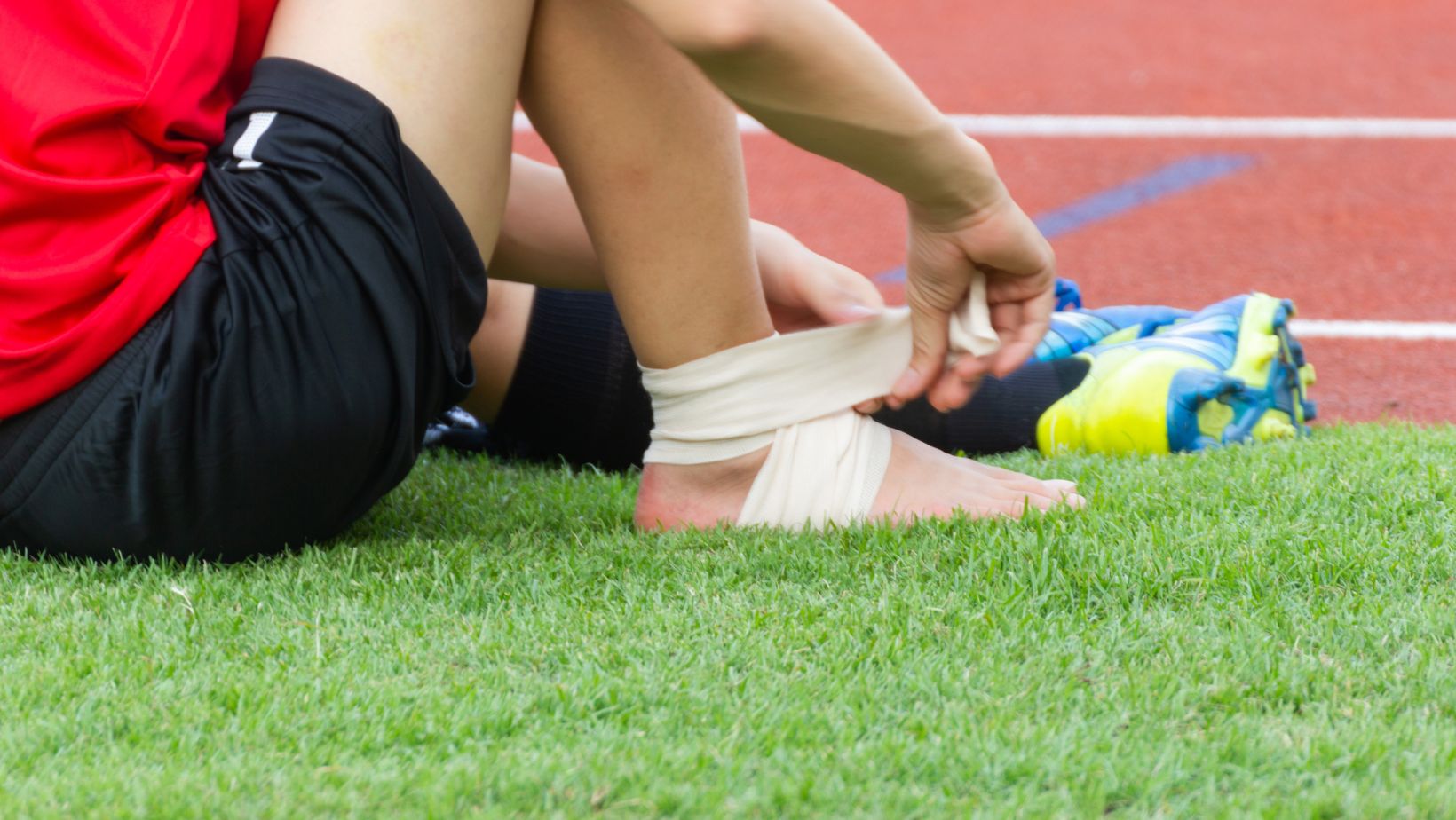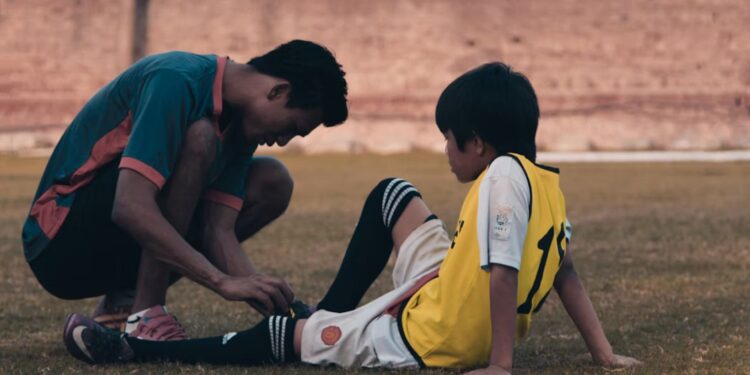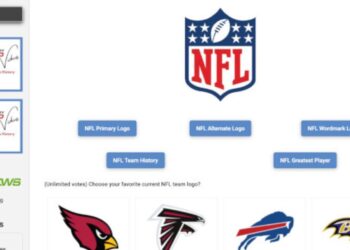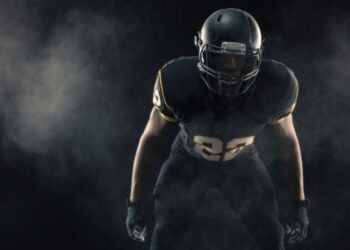Whether indoor or outdoor, sports are fun and good for health. However, they can sometimes lead to injuries. Any injury sustained during athletic activities or exercise is considered to be a sports injury. According to the Cleveland Clinic, such injuries may be acute or chronic.
This means they may occur suddenly due to a single traumatic event or develop over time.
Though anyone may sustain an injury during sports activities, some people are much more vulnerable. Those who are out of shape, do not wear protective equipment, or participate in activities that involve swerving are particularly at risk.
If the injury was not self-inflicted, the athlete may be eligible for legal support and compensation. However, it can sometimes be a tough nut to crack.
In this article, we will discuss the different types of sports and the legal considerations under each.
Sports As Recreation
Recreational sports refers to all manner of physical activities people engage in for fun. The purpose may include enjoyment of the sport or learning new skills. There is no stress or pressure regarding the game’s commitment levels.
Teens gathering together to enjoy a fun game of soccer in the backyard is an example of recreational sports. In such a setting, the liability for injuries would depend on the circumstances.
- Assumption of risk – It is true that participants of recreational sports must assume a certain level of risk while they play. No single party can be dragged into court if it’s a backyard game. However, if the game is organized, any injuries caused by the organizer’s negligent behavior would make them accountable.
- Negligence – This factor is the single most important one. If the match organizer, coach, or facility owner is found to have displayed negligent behavior, they will be held liable. For instance, a player may have been injured due to inadequate supervision or a lack of safe playing conditions.
Amateur Sports in Schools
Close to half (48%) of Americans admitted to participating in competitive, organized sports during their high school and university years in a recent study.

Sports activities are an important part of a growing child’s school curriculum. If any injury occurs while playing amateur sports within the school campus, legal considerations will be made on the following basis –
- Obligation for care – Educational institutions and sports coaches must care for their students. They are responsible for supervising, training, and making provisions for injury prevention. They will be held liable if their negligence in any of these areas leads to injuries.
- Parental consent – The institution may require the student’s parents to sign relevant consent and waiver forms. Such forms acknowledge the risks associated with sports activity. This means a certain degree of risk must be assumed in school sports events.
Professional Athletes
In the US alone, nearly 8.6 million sports injuries are reported each year. The highest incidence rate may be among high school football players, but professional athletes tend to attract more attention.
These players face unique challenges on the field. Let’s take an example of the sports-friendly city of Chicago. This US city has professional teams for all five major American sports—basketball, baseball, soccer, hockey, and football.
There is the risk of overexertion due to excessive training. Each of the five sports brings with it a different threat of injuries. These include concussions, fractures, dislocation of joints, and more. Besides this, players must navigate complex team dynamics.
Suppose an athlete from the Chicago Cubs or Chicago White Sox sustains a severe injury that requires hospitalization. In that case, they may first have to consider the following –
- Contractual obligations – Most professional sports contracts have clauses regarding rehabilitation, compensation for injuries, and termination rights.
- Workers’ compensation – Professional athletes may also be entitled to receiving workers’ compensation benefits for any injuries that occurred during a competition or even practice sessions.
Key Considerations for Personal Injury Claims
Now, we have presented three possible sports scenarios and how liability can be determined. One factor that remains constant in each of them is negligence. According to TorHoerman Law, negligence is one of the primary bases for personal injury claims.
Even the professional athlete from our Chicago example will be eligible for legal support. They can reach out to a personal injury lawyer in Chicago if their injury was a result of negligence outside the scope of inherent risks. That is to say, their injury was caused due to defective equipment or dangerous field conditions.

Even if there are no workers’ compensation benefits in place, they can still seek help from the US legal system. In addition, intentional wrongs or deliberate harm will make the victim eligible for compensation. Another player hitting the victim with excessive force beyond the acceptable rules of the game is an example of this.
Besides negligence, the statute of limitations needs to be considered. In many states, this extends up to three years from the date of the accident or injury.
Once the assumption of risk has been balanced against negligence or intentional harm, the liability may fall on the following parties –
- Organizers or facility owners are responsible for ensuring the playing conditions are safe. In some cases, both may be held liable—one for negligence and the other under premise liability
- Coaches or other staff members who are responsible for proper training and guidance
- Fellow competitors who may have caused injuries due to reckless force or deliberate attempts
From what we have discussed, it is clear that liability in sports injuries does not take a linear path. It is often determined after a thorough assessment of the incident and circumstances.
Most ordinary sports injuries may not be eligible for claims or injuries. However, only an experienced attorney can help decide the best course of action.







